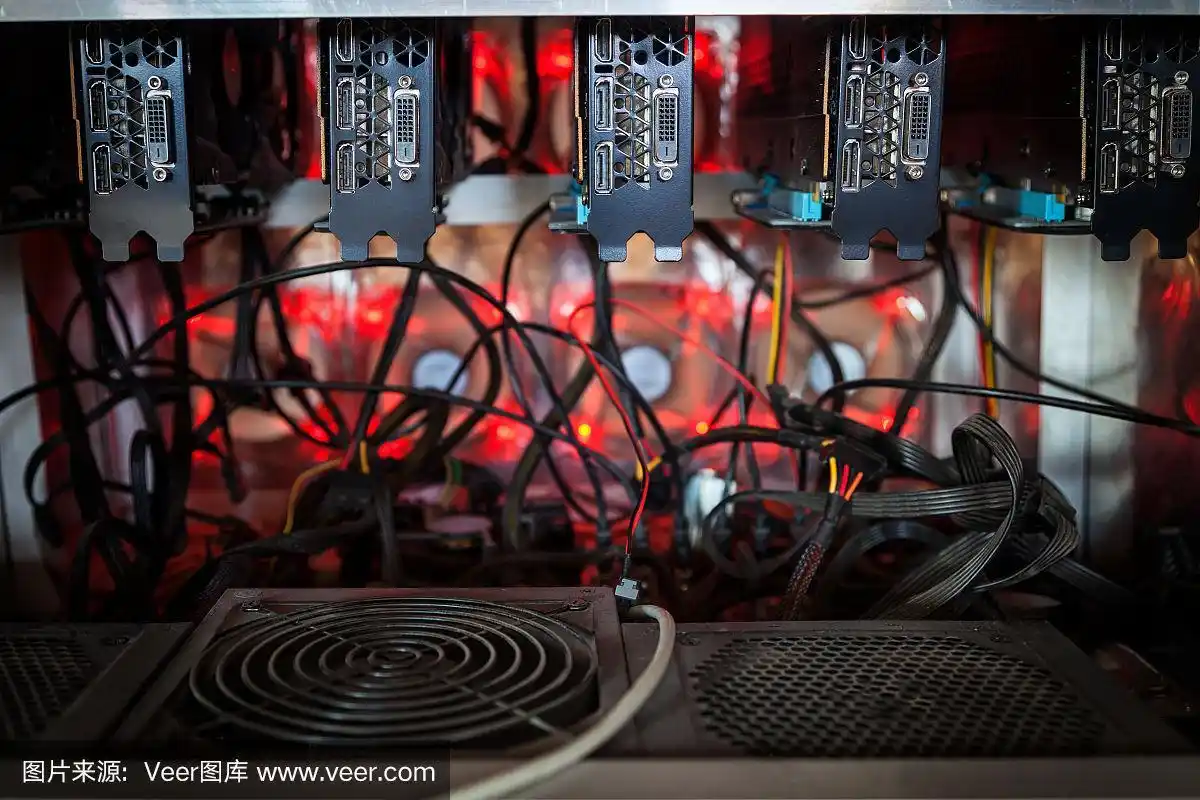In the ever-evolving landscape of digital finance, Bitcoin mining emerges as the modern gold rush, enticing both seasoned investors and tech enthusiasts alike. Mining machines—the mechanical heartbeats of this new frontier—are not mere gadgets but powerful behemoths engineered to solve complex cryptographic puzzles. These devices, known as mining rigs or miners, tirelessly validate transactions and secure the blockchain, earning their operators new bitcoins as rewards. Yet, in this race against time and rising difficulty levels, maximizing profits demands more than just ownership of top-tier hardware; it requires strategic deployment and innovative hosting solutions.
Bitcoin, the flagship cryptocurrency, remains the primary focus for most miners due to its prominence and market liquidity. However, the ecosystem is vast, including other digital currencies such as Dogecoin (Dog) and Ethereum (ETH), each with distinct mining algorithms and profit potentials. While Dogecoin started as a meme-inspired token, its network’s merge mining compatibility with Litecoin has attracted a niche group of miners seeking diversification. Ethereum, on the other hand, has been a cornerstone of decentralized applications and smart contracts, previously relying on proof-of-work mining akin to Bitcoin’s but gradually transitioning to proof-of-stake, changing the mining dynamics significantly.
Amidst these variables, the concept of mining farms—large-scale, industrial operations hosting hundreds to thousands of mining rigs—has revolutionized the way miners approach profitability. These farms leverage economies of scale, reduce electricity costs via strategic geographic placement, and optimize cooling solutions to prevent hardware faltering under relentless computational pressure. Hosting mining machines in such farms offers individual miners and businesses unparalleled advantages: maintenance handled by professionals, consistent power supplies, and often, improved network connectivity. This service transforms the once solitary activity into a robust, scalable enterprise.
What sets apart a flourishing Bitcoin mining venture is a harmonious blend of hardware efficiency and intelligent hosting. The latest generation of mining rigs, with enhanced hash rates and energy footprint improvements, are critical for operational success. Yet, even the most advanced machines falter without infrastructural support. Herein lies the value proposition of mining machine hosting companies, which specialize in deploying these rigs within optimal environments, frequently in regions with favorable regulatory frameworks and low energy costs. This fusion of tech and logistics ensures miners not only mine but thrive.

The volatility of cryptocurrency markets demands agility; miners must adapt to fluctuating bitcoin prices, halving events that reduce block rewards, and increasing network difficulty. Exchanges play a pivotal role in this ecosystem, acting as the liquid marketplaces where mined coins transition to capital. Efficient conversion strategies can safeguard profits during market downturns or capitalize during rallies. As such, miners often employ real-time trading tools and analytics to synchronize mining outputs with market trends, achieving a seamless flow from blockchain validation to financial gain.
Beyond Bitcoin, Ethereum’s recent pivot to proof-of-stake signals a paradigm shift, nudging miners to reconsider investments in ETH mining rigs. The rise of alternative cryptocurrencies, each with unique consensus mechanisms and mining demands, propels the industry toward diversification. Miners now explore multi-algorithm capable hardware and flexible hosting solutions, which allow seamless switching across networks to optimize profitability. This dynamic adaptation is critical as the crypto space continually morphs, driven by technological innovation and regulatory evolution.
Mining profitability optimization often extends to environmental considerations. Green energy-powered mining farms are gaining traction, aligning with global sustainability efforts and reducing operational costs. Hosting centers utilizing hydroelectric, solar, or wind energy appeal to miners willing to invest in eco-friendly ventures. This not only diminishes carbon footprints but also addresses increasing scrutiny from governments and communities wary of mining’s energy consumption. The intersection of profitability and sustainability is no longer theoretical—it’s becoming the industry’s future norm.

Innovations continue as companies introduce cloud mining and hybrid hosting models, democratizing access to mining profits by removing physical constraints. These models allow users to lease mining capacity virtually, lowering the entry barrier and mitigating maintenance hassles. While such arrangements require trust in service providers, advancements in transparency and security protocols are mitigating risks. Even so, ownership of physical mining machines remains the preferred avenue for many, maintaining control over assets and responding agilely to market changes.
Ultimately, Bitcoin mining profits are a complex interplay of hardware prowess, strategic hosting, market savvy, and environmental wisdom. The crypto gold rush is anything but a simple game of chance; it’s a calculated expedition across a labyrinthine digital landscape. Miners who innovate, adapt, and harness the multifaceted dimensions of this realm stand poised not only to maximize returns but to shape the future trajectory of decentralized finance.
One Response
This article dives into the volatile world of Bitcoin mining, exploring cutting-edge strategies, energy efficiency innovations, and market trends. It unpredictably blends technical insights with economic analysis, offering readers a comprehensive guide to maximizing crypto gains amid fluctuating digital landscapes.